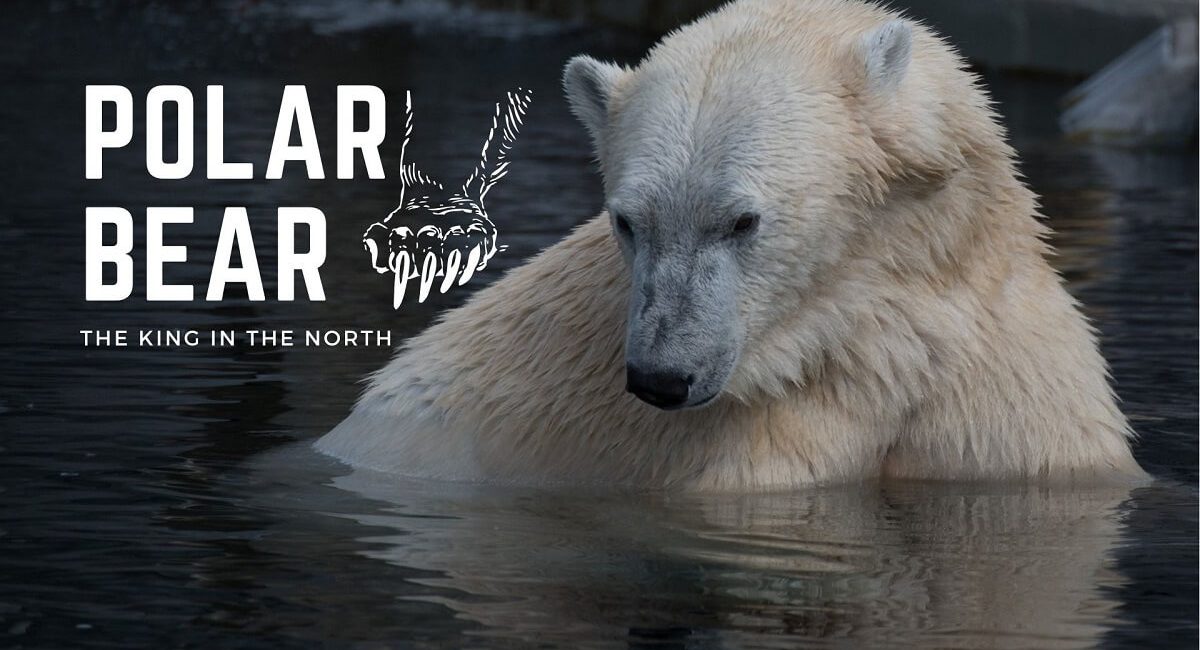Polar Bear: The King in the North
Polar Bear, also known as Ursus maritimus, are among the most magnificent creatures on earth. These magnificent creatures are found in the Arctic, a region that is characterized by icy waters and snow-covered lands. Polar bears are the largest land carnivores, and they have adapted to life in the cold, harsh environment of the Arctic.
Introduction
The polar bear is a unique species that has captured the hearts and minds of people worldwide. These massive creatures have adapted to life in the Arctic, where they live on ice floes and hunt for their prey in the frigid waters of the northern regions. The polar bear is an apex predator, and it plays a vital role in the Arctic ecosystem. In this article, we will explore the life of the polar bear, its habitat, diet, behavior, and conservation status.
Habitat
The polar bear’s habitat is the Arctic, which is characterized by ice-covered waters and snow-covered lands. These regions are located around the North Pole and include parts of Canada, Russia, Greenland, Norway, and the United States. Polar bears rely on the sea ice to hunt for their prey, and they spend most of their lives on the ice. However, as the sea ice melts due to climate change, polar bears are facing increasing challenges in finding food and surviving.
Diet
Polar bears are carnivores, and their diet consists mainly of seals. They have an excellent sense of smell, which allows them to detect seals from a distance of up to 20 miles away. Polar bears use their powerful jaws and sharp teeth to catch their prey and break through the thick layer of ice to reach them. In addition to seals, polar bears also feed on fish, birds, and other marine mammals.
Behavior
Polar bears are solitary animals, and they spend most of their lives alone. However, they do come together during mating season and when food is abundant. Polar bears are also excellent swimmers, and they can swim for long distances in search of food. They are also known for their ability to walk on ice, which allows them to move across the frozen landscape with ease.
Conservation Status
Polar bears are listed as a vulnerable species, and their populations are declining due to climate change and other factors. As the sea ice melts, polar bears are facing challenges in finding food and surviving. Additionally, polar bears are hunted for their fur, meat, and other body parts, which has led to a decline in their populations. Many conservation organizations are working to protect polar bears and their habitat, but more needs to be done to ensure their survival.
The Future of Polar Bears
The future of polar bears is uncertain, and their survival depends on our actions. Climate change is the biggest threat facing polar bears, and we need to take steps to reduce our carbon footprint and protect their habitat. Additionally, we need to stop the hunting of polar bears and enforce laws that protect them. If we act now, we can ensure that polar bears continue to be the kings of the North for generations to come.
Interesting Facts about Polar Bears
Here are some interesting facts about polar bears:
- Polar bears can weigh up to 1,500 pounds.
- Polar bears have black skin, which helps them absorb sunlight and keep warm.
- Polar bears can swim at speeds of up to 6 miles per hour.
- Polar bears can go months without eating, but when they do eat, they can consume up to 88 pounds of food in one sitting.
- Polar bears can smell a seal from over a mile away.
- Polar bears can give birth to cubs while still in hibernation, and they can have up to three cubs at once.
Hunting by Polar bears recorded on Camera
While it is not uncommon for polar bears to hunt for their prey, it is rare for hunting by polar bears to be caught on camera. However, there have been a few instances where polar bears were captured on camera hunting their prey.
One notable example occurred in 2015 when a BBC film crew captured footage of a polar bear successfully hunting a walrus. The footage showed the polar bear stalking the walrus in the water, waiting for the right moment to make its attack. When the polar bear finally made its move, it was able to catch the walrus and drag it onto an ice floe to devour its prey.
Another instance of polar bear hunting captured on camera occurred in 2017 when a drone captured footage of a polar bear hunting a seal in the Arctic. The drone was being operated by researchers who were studying the feeding behavior of polar bears. The footage showed the polar bear stalking the seal, waiting for the right moment to strike. When the seal finally surfaced, the polar bear lunged and was able to catch it in its jaws.
It’s important to note that while these examples may seem like exciting footage, hunting by polar bears is a necessary part of their survival and should be respected as such. Polar bears are apex predators and rely on hunting to sustain themselves and their young. As their natural habitat is threatened by climate change and other human activities, it is important to protect these magnificent creatures and their hunting grounds to ensure their continued survival.
Image by Allan Holm Nielsen from Pixabay



Leave a Comment